ABBOTT NEWS
US FDA approves Abbott’s FreeStyle Libre 3 system for diabetic patients was reported by MedicalDevice-Network.com, 1 June 2022.
 The US Food and Drug Administration (FDA) has granted clearance to Abbott’s next-generation FreeStyle Libre 3 system for use by diabetic patients aged four years and above.
The US Food and Drug Administration (FDA) has granted clearance to Abbott’s next-generation FreeStyle Libre 3 system for use by diabetic patients aged four years and above.
The new device, which includes a continuous glucose monitoring (CGM) sensor, recorded a 7.9% overall mean absolute relative difference (MARD) and is claimed to be the most accurate 14-day CGM system. FreeStyle Libre 3 sends glucose readings directly from the glucose sensor, which is said to be the smallest and thinnest in the world, to a smartphone every minute. The CGM system also has strong Bluetooth integration, with a range of up to 33ft, which represents a 50% increase over other CGMs.
The FreeStyle Libre 3 system enables real-time glucose level viewing, glucose history tracking, and optional alarms, as well as notifications for serious medical events, such as hypoglycemia. It has been approved to pair with the FreeStyle Libre 3 iOS and Android mobile apps.
Abbott stated that the new device will be priced the same as previous versions of the system, in an effort to allow more diabetes patients to benefit from the new technology.
Read more: US FDA approves Abbott’s FreeStyle Libre 3 system for diabetic patients
*************************************************
Abbott to develop biowearable for continuous monitoring of glucose, ketone levels was written by Sean Whooley for DrugDeliveryBusiness.com, 3 June 2022.
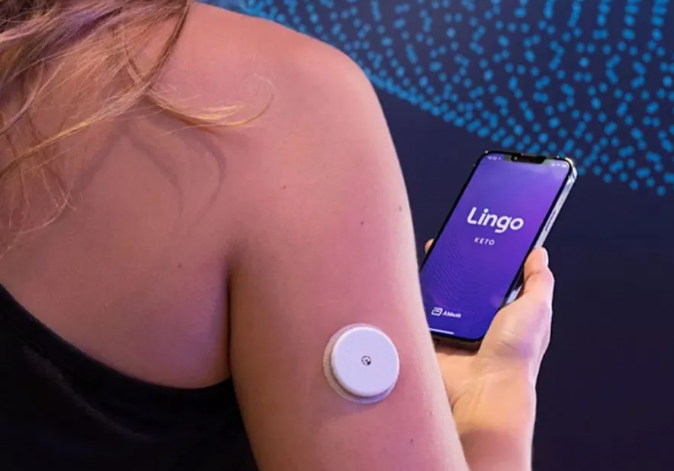 Abbott announced that it is developing a new biowearable for continuously monitoring both glucose and ketone levels. The all-in-one sensor has already garnered FDA breakthrough device designation and will be used in pivotal trials in 2023, with regulatory submissions to follow thereafter.
Abbott announced that it is developing a new biowearable for continuously monitoring both glucose and ketone levels. The all-in-one sensor has already garnered FDA breakthrough device designation and will be used in pivotal trials in 2023, with regulatory submissions to follow thereafter.
Abbott Park, Illinois-based Abbott said that the glucose-ketone sensor will be the same size as the recently FDA-cleared next-generation FreeStyle Libre 3 continuous glucose monitoring (CGM) sensor, and it will connect to Abbott’s digital ecosystem that includes personal and caregiver mobile apps along with cloud-based data management software for remote monitoring by healthcare professionals. The company also plans to partner with leading insulin pump manufacturers to make the new biowearable sensor interoperable with insulin delivery systems.
The company said a continuous glucose-ketone monitor represents an important tool for people with diabetes who may be at higher risk of developing DKA, a potentially life-threatening condition when ketone levels rise to dangerous heights in the blood. The combination sensor would eliminate the need for a separate ketone test to accompany CGM.
Read more: Abbott to develop biowearable for continuous monitoring of glucose, ketone levels
Diabeloop rounds up €70M to take AI-powered insulin delivery tech global was written by Andrea Park for FierceBioTech.com, 2 June 2022.
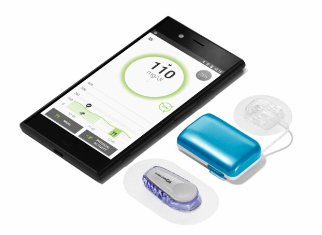 Diabeloop’s artificial intelligence algorithm analyzes blood sugar readings from a continuous glucose monitor to determine an ideal insulin dosage, then automatically sends that information to a connected insulin pump.
Diabeloop’s artificial intelligence algorithm analyzes blood sugar readings from a continuous glucose monitor to determine an ideal insulin dosage, then automatically sends that information to a connected insulin pump.
The Diabeloop mechanism may soon make its way stateside as well, thanks to an infusion of venture capital that the French company announced. The series C round totaled 70 million euros, or about $75 million, led by LBO France. It was joined in the financing by Diabeloop partner Terumo as well as Paris-based VC firm Innovacom and a handful of previous investors in the startup. Diabeloop said it would use the funds to continue developing its AI-powered diabetes management technology and to both speed up and expand the commercial rollout of its existing tech around the world.
Diabeloop’s AI picks up blood sugar readings from a connected continuous glucose monitor every five minutes. It analyzes the data to determine an ideal insulin dosage—factoring in the user’s physiology, medical history, and recent meals and exercise—then automatically sends its resulting dosage calculations to an insulin pump.
The algorithm is housed on a small handset that connects to both the CGM and insulin pump via Bluetooth.
Read more: Diabeloop rounds up €70M to take AI-powered insulin delivery tech global
Impressive Results From the iLet Bionic Pancreas Pivotal Trial was reported by Matthew Garza for diaTribe.org, 4 June 2022.
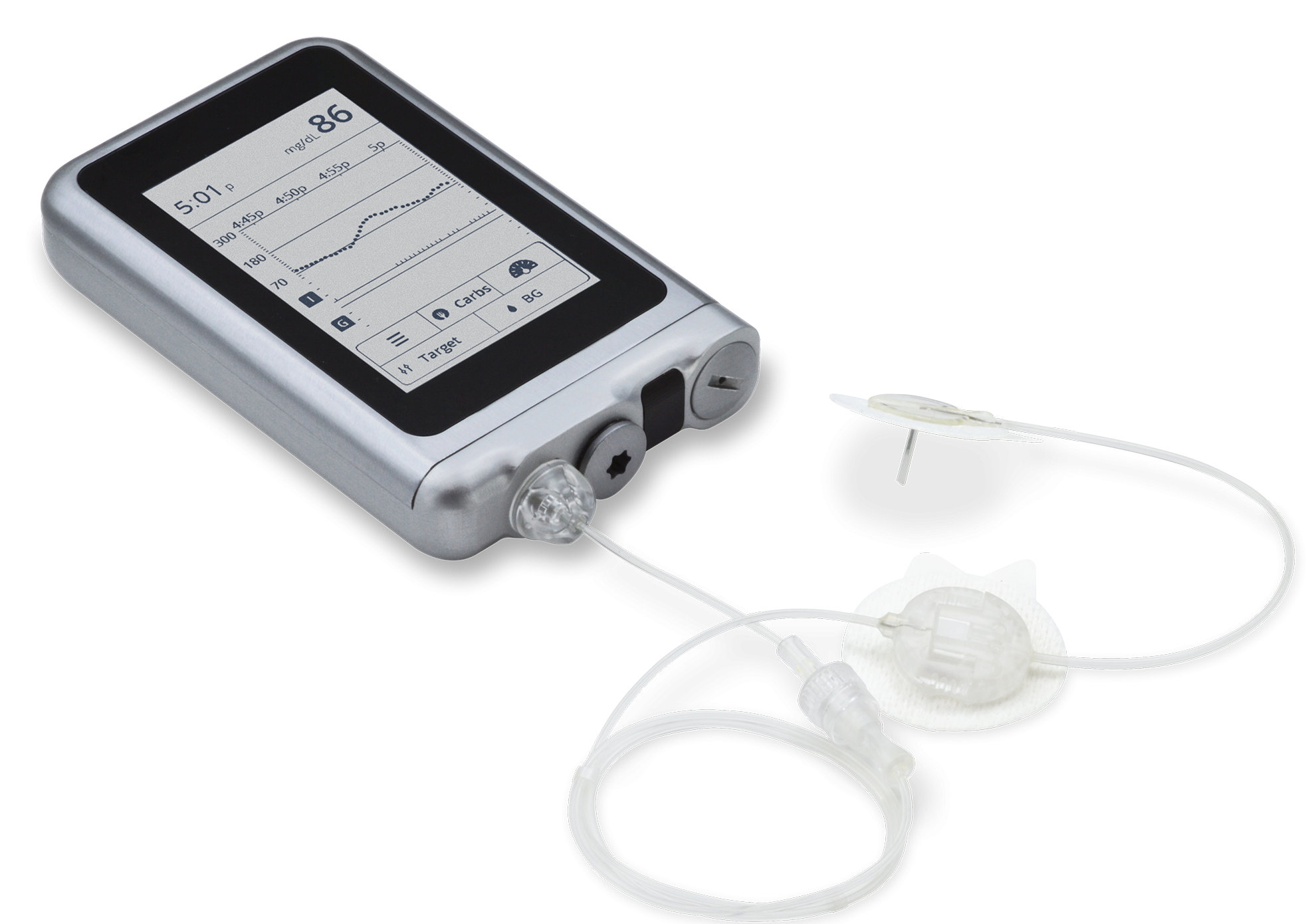 On the first day of the American Diabetes Association’s 82nd Scientific Sessions, an impressive lineup of presenters delivered extensive results from Beta Bionics’s iLet Bionic Pancreas pivotal trial. The iLet Bionic Pancreas is currently the closest automated insulin delivery (AID) system to a fully closed loop system – requiring minimal input from the user and no carb counting.
On the first day of the American Diabetes Association’s 82nd Scientific Sessions, an impressive lineup of presenters delivered extensive results from Beta Bionics’s iLet Bionic Pancreas pivotal trial. The iLet Bionic Pancreas is currently the closest automated insulin delivery (AID) system to a fully closed loop system – requiring minimal input from the user and no carb counting.
“Other systems take a fair amount of initiation…whereas this one is automatically delivering insulin all the time. The input is just typical, larger, or smaller meals than usual. The system adapts…For most people, this system has potentially less burden,” study co-principal investigator and ADA session moderator, Roy W. Beck, MD, PhD, said.
Read more: Impressive Results From the iLet Bionic Pancreas Pivotal Trial
Homebrew project adds continuous glucose monitoring to the Apple Watch was reported by Malcolm Owen for AppleInsider.com, 4 June 2022.
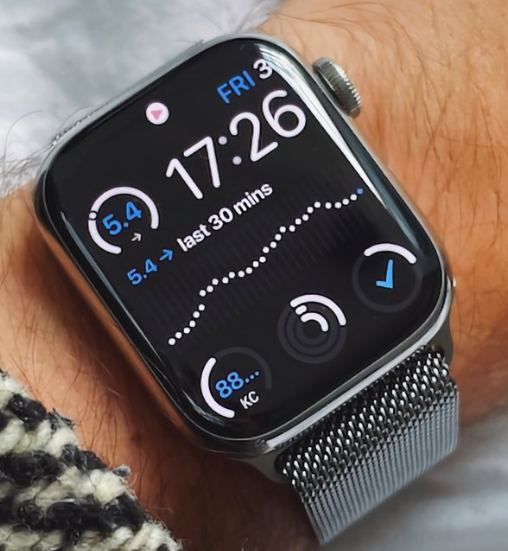 An Apple Watch owner has created a complication and watchOS app that works with a glucose monitor, so they can keep track of their blood glucose level from their wrist. The project, outlined by Harley Turan, effectively takes the data from a continuous glucose monitoring system and imports and interprets it in a way that it can be viewed on an Apple Watch. In doing so, the project creates a reasonably low-cost solution for the problem.
An Apple Watch owner has created a complication and watchOS app that works with a glucose monitor, so they can keep track of their blood glucose level from their wrist. The project, outlined by Harley Turan, effectively takes the data from a continuous glucose monitoring system and imports and interprets it in a way that it can be viewed on an Apple Watch. In doing so, the project creates a reasonably low-cost solution for the problem.
The base of the project is the Abbot FreeStyle Libre, a coin-sized sensor attached to a person’s arm to measure glucose levels in a subcutaneous fat layer. The test is performed whenever a pocket NFC reader or smartphone is presented, giving a good amount of data, but it’s not quite as useful as a continuous glucose monitor.
Turan admits that more work could be done to make the watchOS app more fully-featured and to create other complications such as one for the Bluetooth transmitter’s battery and a counter for replacing the Libre sensor. While the project provides a way to create an Apple Watch-compatible continuous glucose monitoring system for a reasonable cost, it isn’t a route that most diabetics will take. However, it does demonstrate that such a system could be built from scratch.
Read more: Homebrew project adds continuous glucose monitoring to the Apple Watch
Medtronic expects diabetes unit’s struggles to continue as rivals grow sales, launch products was published by Ricky Zipp for MedTechDive.com, 1 June 2022.
 Medtronic’s diabetes unit has suffered a series of setbacks over the last several quarters including losing ground in the diabetes technology market and product safety issues — all amid heightened competition.
Medtronic’s diabetes unit has suffered a series of setbacks over the last several quarters including losing ground in the diabetes technology market and product safety issues — all amid heightened competition.
The business’s challenges continued last quarter as Medtronic reported that the unit’s revenue decreased 8% from a year earlier to $597 million.
At the same time, the medical device company forecasts that the diabetes group’s revenue will drop 8% to 10% this quarter and by 6% to 7% for fiscal year 2023. Its fiscal year for 2022 ended April 29.
The news follows a challenging period for the business. Medtronic said in December it received a warning letter from the Food and Drug Administration, which highlighted several product safety issues and critiqued how the company handled recalls for MiniMed insulin pumps. The letter has held up the review of two devices — the Guardian 4 glucose sensor and the 780G MiniMed pump — while Medtronic’s competitors are launching new products.
Read more: Medtronic expects diabetes unit’s struggles to continue
Individuals with Diabetes are Up to Four Times More Likely to Develop Long COVID-19 was issued as a press release in a late-breaking poster session at the 82nd 82nd Scientific Sessions of the American Diabetes Association (ADA) in New Orleans, LA.
 A new study reveals that diabetes is a potential risk factor for post-acute sequelae of COVID-19 (PASC), also known as long COVID-19, a range of post-COVID-19 symptoms such as brain fog, skin conditions, depression, and shortness of breath.
A new study reveals that diabetes is a potential risk factor for post-acute sequelae of COVID-19 (PASC), also known as long COVID-19, a range of post-COVID-19 symptoms such as brain fog, skin conditions, depression, and shortness of breath.
Research shows that up to 10 to 30 percent of individuals that had COVID-19 may experience long COVID-19. Post-COVID-19 conditions are more prevalent in those with severe cases of COVID-19. This is particularly concerning for patients with diabetes, a patient population at increased risk of severe COVID-19 infection. Now, researchers are working to understand whether diabetes is also a risk factor for long COVID-19.
“As time goes on, we are seeing the negative impacts that long COVID has on the daily lives of patients. Though more research is needed, we now know that patients with diabetes are at a disproportionate risk of long COVID and that these patients should be closely monitored,” said Jessica L Harding, PhD, assistant professor at Emory University’s School of Medicine in Atlanta, GA and lead author on the study. “Careful monitoring of glucose levels in at-risk individuals may help to mitigate excess risk and reduce the burden of lingering symptoms that inhibit their overall wellbeing.”
Read more: Individuals with Diabetes are Up to Four Times More Likely to Develop Long COVID-19
FOLLOW UP: Dexcom says it’s not in acquisition talks was reported by Ricky Zipp for MedTechDive.com, 24 May 2022.
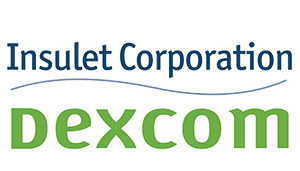 Dexcom said that it isn’t in “active discussions regarding a merger transaction at this time,” following a report that the company was looking to acquire Insulet. Bloomberg News, citing unidentified people familiar with the matter, reported last week that Dexcom, which makes continuous glucose monitors, was in talks to acquire Insulet, an insulin pump manufacturer. The reported deal would have combined the two diabetes technology leaders, putting both CGMs and insulin pumps under one roof.
Dexcom said that it isn’t in “active discussions regarding a merger transaction at this time,” following a report that the company was looking to acquire Insulet. Bloomberg News, citing unidentified people familiar with the matter, reported last week that Dexcom, which makes continuous glucose monitors, was in talks to acquire Insulet, an insulin pump manufacturer. The reported deal would have combined the two diabetes technology leaders, putting both CGMs and insulin pumps under one roof.
Dexcom, which had not yet publicly commented on the deal, denied that such a deal was in the works on Tuesday. The company didn’t mention Insulet by name in the statement.
“Like many companies, Dexcom’s Board and management team regularly review opportunities to enhance stockholder value and create benefits for customers, including through mergers and acquisitions. It is generally our policy not to comment on rumors or speculation, however, in light of recent sustained media and market speculation as well as the upcoming American Diabetes Association conference, we wish to confirm that Dexcom is not in active discussions regarding a merger transaction at this time,” the company said. “We do not intend to comment further on this topic and we assume no obligation to make any further announcement or disclosure should circumstances change.”
Read more: Dexcom says it’s not in acquisition talks
And finally, let’s take a look at Pharmacy Benefit Managers and how they are pushing up the prices for all medications.
U.S. Consumers Overpay for Generic Drugs was released as a White Paper by the USC Schaeffer Center for Health Policy & Economics, 31 May, 2022.
G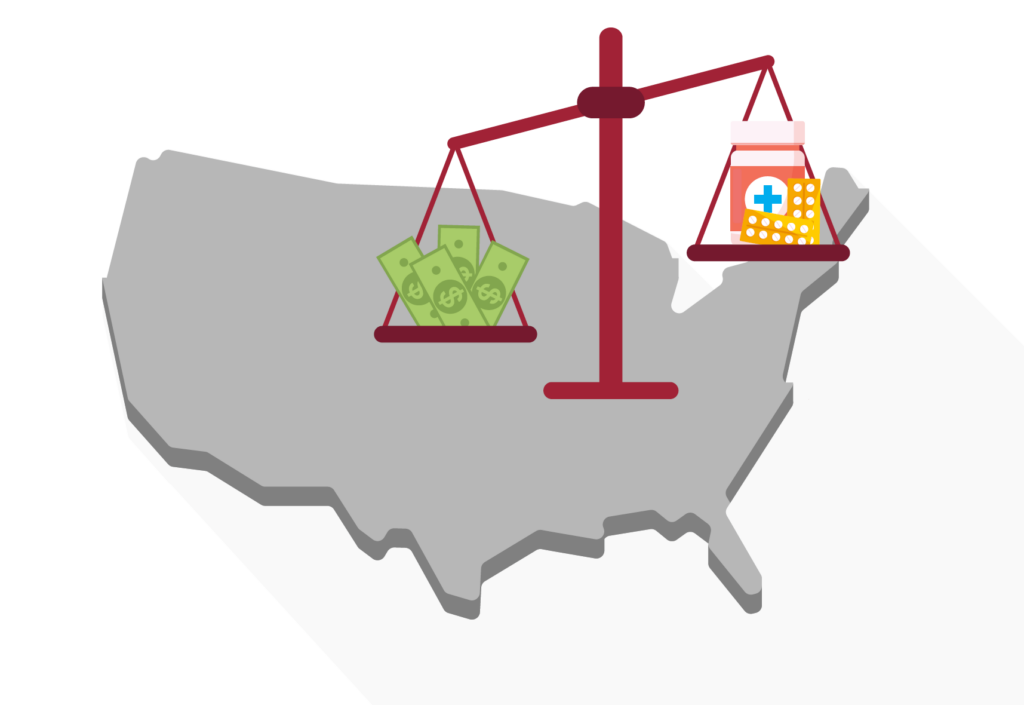 rowing evidence indicates U.S. consumers and employers and the government often overpay for generics as pharmacy benefit managers (PBMs) and their affiliated insurer companies game opaque and arcane pricing practices to pad profits. PBMs played an essential early role in driving U.S. uptake of generics.
rowing evidence indicates U.S. consumers and employers and the government often overpay for generics as pharmacy benefit managers (PBMs) and their affiliated insurer companies game opaque and arcane pricing practices to pad profits. PBMs played an essential early role in driving U.S. uptake of generics.
However, PBMs’ current practices—coupled with market distortions within the pharmaceutical supply chain—have inflated retail generic prices. Commercial tactics such as spread pricing, copay clawbacks and formularies that advantage branded drugs over less expensive generics have funneled the savings from low-cost generics into intermediaries’ pockets, rather than the pockets of patients. Greater transparency across the generic supply chain and policies to spur competition within the generic industry can help ensure that patients continue benefiting both clinically and financially from generics.
Read more: U.S. Consumers Overpay for Generic Drugs
*************************************************
Practicing Physicians of America: Our Comments to the FTC in Regards to PBM Business Practices was released by PracticingPhysician.org, 30 May 2022.
 Over half of Americans have skipped filling a prescription because of costs.
Over half of Americans have skipped filling a prescription because of costs.
Large pharmaceutical companies and the inflated prices and portion of the market that some hold for a particular drug beyond a reasonable patent period is a scenario familiar to most Americans and must be addressed. Lesser known but at the root of the problem of monopoly power and high prices in the pharmaceutical world are companies that don’t innovate and don’t manufacture, namely pharmacy benefit managers or PBMs.
The public’s awareness of these drug intermediaries or middlemen and their effect on prescription drug pricing has grown exponentially over the past decade. This awareness has increased the will of state and federal lawmakers to do something about the lack of transparency and competition enjoyed by PBMs.
Another middleman contributes to inefficiencies and increased costs, and you’ve probably never heard of them. As we built awareness of the issues related to PBMs, we must now do the same for Group Purchasing Organizations (GPOs). GPOs are lesser-known corporate middlemen who control the healthcare supply chain in hospitals and other medical institutions, driving up overall health care costs. This section will discuss the respective roles of PBMs, GPOs, and pharmaceutical companies in increasing costs and decreasing access in the healthcare space. Much like the last section, Free2Care will focus on increasing transparency, unwinding perverse incentives, and creating changes that lead to more competition.
PBMs were created to help insurers contain drug spending for prescription medicines. They control formularies, utilize tools, and administer drug claims. They do this for Medicaid-managed care, Medicare part D, commercial payers, and large employers. Historically, they achieved this purpose and provided the value that was intended. However, since the PBM’s received the benefit of safe harbor from the Anti-Kickback statute in 2003, drug costs have soared year over year.
The PBM market has consolidated with the six largest PBM controlling 95% of prescriptions.
Read more: Practicing Physicians of America Comments to the FTC in Regards to PBM Business Practices


The craziness of PBMs is that either employers or medication manufacturers could put them out of business in about 2 seconds if each stopped playing their game. If manufacturers simply said our medications will be priced at the lowest possible level that we will sell to PBM’s and if employers said we are tired of our employees being ripped off, PBM’s would not exist.
Here is a thought, make manufacturers post the list price of each medication for each quantity annually. One cost per year per quantity. Everyone knows it and presto PBM’s no longer needed